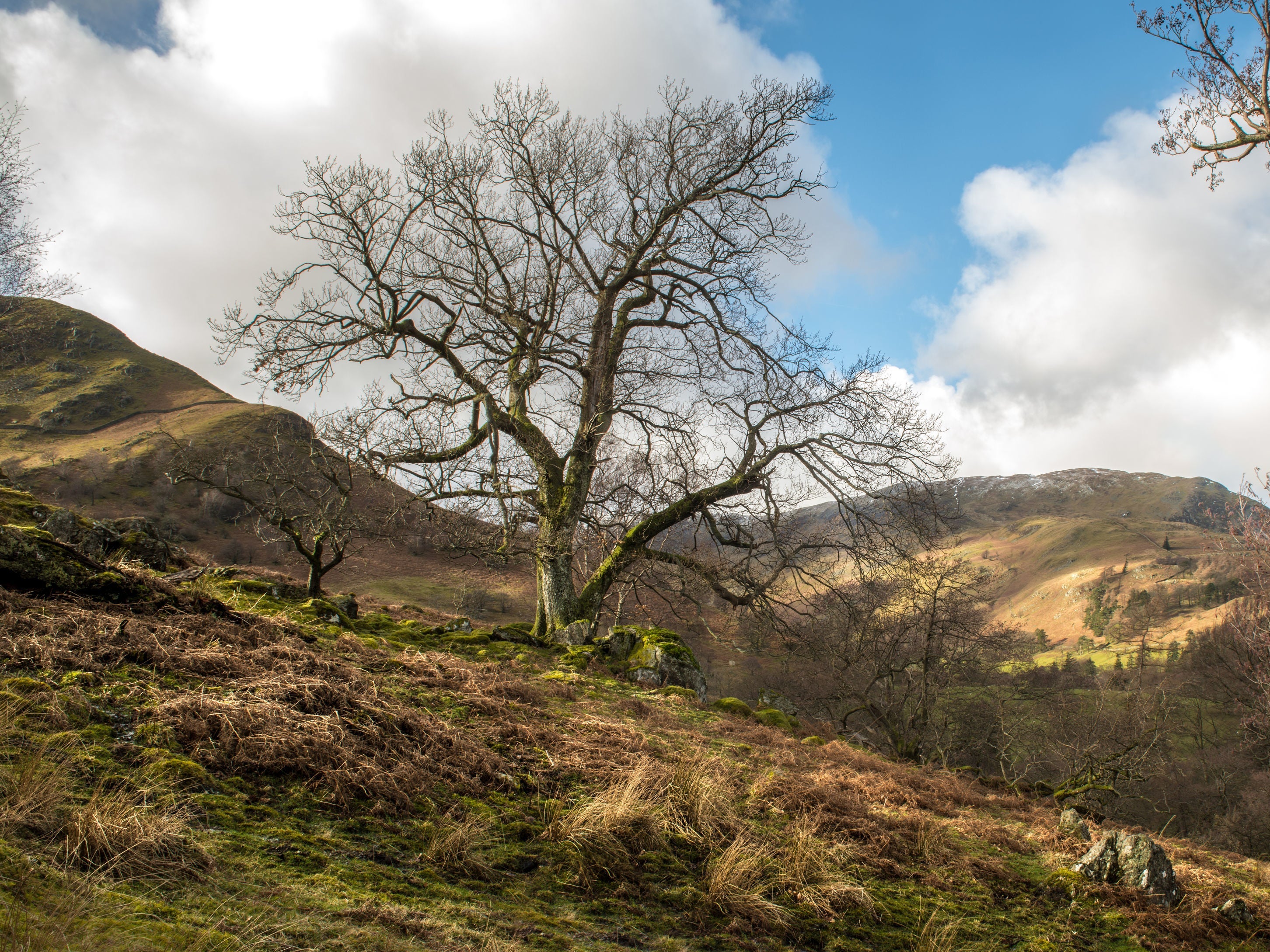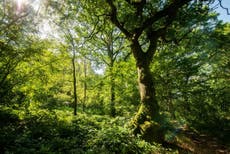Woods that inspired Beatrix Potter could be lost as record 40,000 trees infected by ash dieback
National Trust warns prolonged hot and dry conditions speeding up disease

Your support helps us to tell the story
From reproductive rights to climate change to Big Tech, The Independent is on the ground when the story is developing. Whether it's investigating the financials of Elon Musk's pro-Trump PAC or producing our latest documentary, 'The A Word', which shines a light on the American women fighting for reproductive rights, we know how important it is to parse out the facts from the messaging.
At such a critical moment in US history, we need reporters on the ground. Your donation allows us to keep sending journalists to speak to both sides of the story.
The Independent is trusted by Americans across the entire political spectrum. And unlike many other quality news outlets, we choose not to lock Americans out of our reporting and analysis with paywalls. We believe quality journalism should be available to everyone, paid for by those who can afford it.
Your support makes all the difference.Woods that inspired Beatrix Potter could be wiped out due to a surge in a disease affecting ash trees.
The National Trust has warned it faces having to chop down a record 40,000 trees infected by ash dieback at a cost of £2m.
The conservation charity has felled about 4,000 to 5,000 trees annually in recent years because of the fungus.
But the trust said it faces its worst year on record for felling trees because of climate change driving increased prolonged hot and dry conditions - as seen in the UK this summer.
The heat puts the trees under stress, making them more susceptible to disease and dramatically speeding up the impact of ash dieback, it said.
The trust also blamed the coronavirus lockdown for preventing rangers from carrying out “vital” maintenance work and felling.
Ash dieback is caused by a fungus originating from Asia which was first recorded in the UK in 2012. The disease blocks the tree’s water systems and causes leaves to wilt, shoots to die back, lesions on branches and eventually the death of the tree.
The disease is set to kill between 75 and 95 per cent of the UK’s ash trees, including 2.5 million trees on National Trust land alone.
Beautiful landscapes under threat include the Cotswolds, where more than 7,000 trees will have to be felled in the coming year.
Woodlands around the home of painter John Constable in Flatford, Suffolk, are also under threat, while dozens of trees will have to be felled this year in Borrowdale in the Lake District, which the artist travelled to paint.
Elsewhere in the Lake District, sites that inspired the work of Peter Rabbit author Beatrix Potter, including Troutbeck Farm near Ambleside which she managed in 1923 and High Oxen Fell, near Coniston, are also at risk from ash dieback.
The National Trust is warning that other woodlands, including the ravine woods of the White Peak in Derbyshire, which are 80 per cent ash, and in the Yorkshire Dales, will change beyond recognition because of the disease.
National tree and woodland adviser Luke Barley said: "Ash dieback is a catastrophe for nature. Our landscapes and woodlands are irrevocably changing before our eyes, and this year's combination of a dry spring and late frost may have dramatically sped up the spread and severity of ash dieback.
"Ash trees like those at Beatrix Potter's Troutbeck Park Farm are some of our most culturally significant trees and have stood for hundreds of years but will now be lost forever.
"As well as the cultural impact of losing these historic sites, there are also implications for climate change as less carbon is sequestered, homes for wildlife are being removed and people's access to nature is being diminished."
Additional reporting by PA




Join our commenting forum
Join thought-provoking conversations, follow other Independent readers and see their replies
Comments